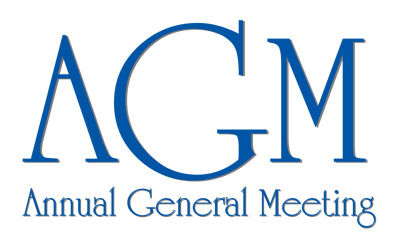
At our May WARC meeting on Wednesday 18 May we were given a presentation on how the Patea/South Taranaki branch has approached NZART Jock White Field Day over the last 53 years. Glenn Kingston ZL2KZ, one of our own WARC members, has travelled north each year (with just one or two exceptions, such as when his XYL came down with a high fever) to assist with Field Day operations in South Taranaki. Glenn showed photos of two Field Day sites used over the last 50 years.
For some time now, the South Taranaki branch has based their Field Day activities at a primary school located along the sea coast north of Patea. A 60′ aluminium tower (sourced by a member who worked at the Motonui synthfuel plant) is stored on site. This is erected each year using a local farm tractor or RV as available. This skyhook allows for an 80m folded dipole antenna to be mounted at near a quarter wavelength above ground. A 40m antenna is mounted lower down the mast. More recently a secret weapon in the form of a vertical incidence 3 element 40 metre yagi pointed skyward has been added to the line up of antennas. The yagi has deployed knowledge provided by another WARC member (John Gabites ZL2AQ SK) about the incidence angle for working ZL in Field Day events.
Can WARC get back to its form in the 90’s and 00’s and win the ZL2 Patea Trophy back again from the South Taranaki and Napier branches? Can we find a low noise sight that will perform as well as South Taranaki’s coastal location? Can we find another 60′ skyhook like we had access to at Quartz Hill and Athletic Park? Can we get an enthusiastic team together to operate in the 2017 contest?


